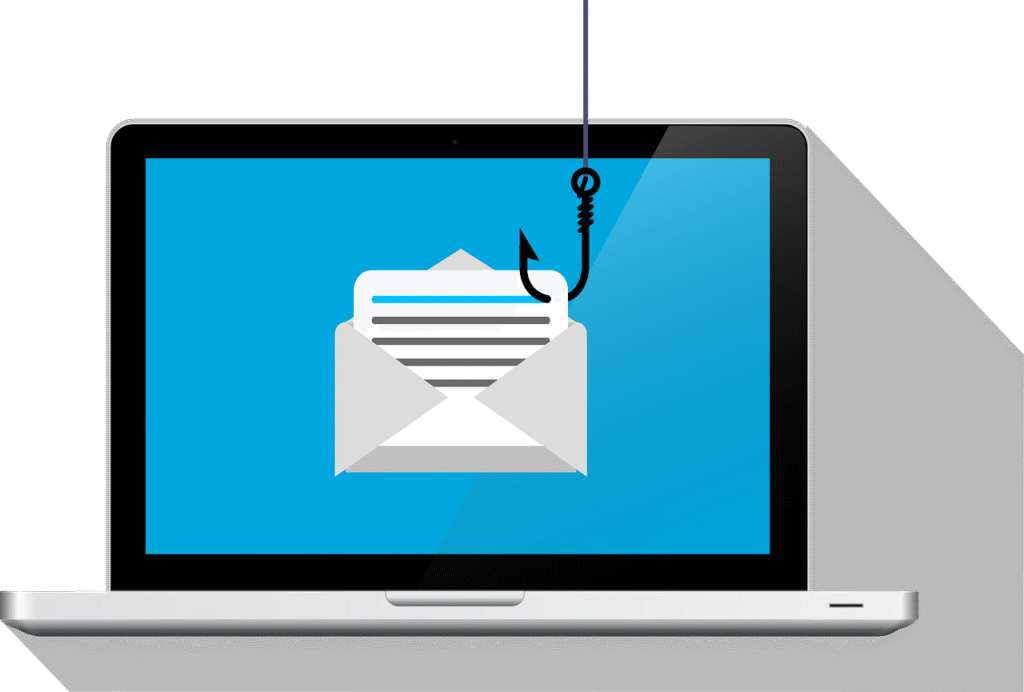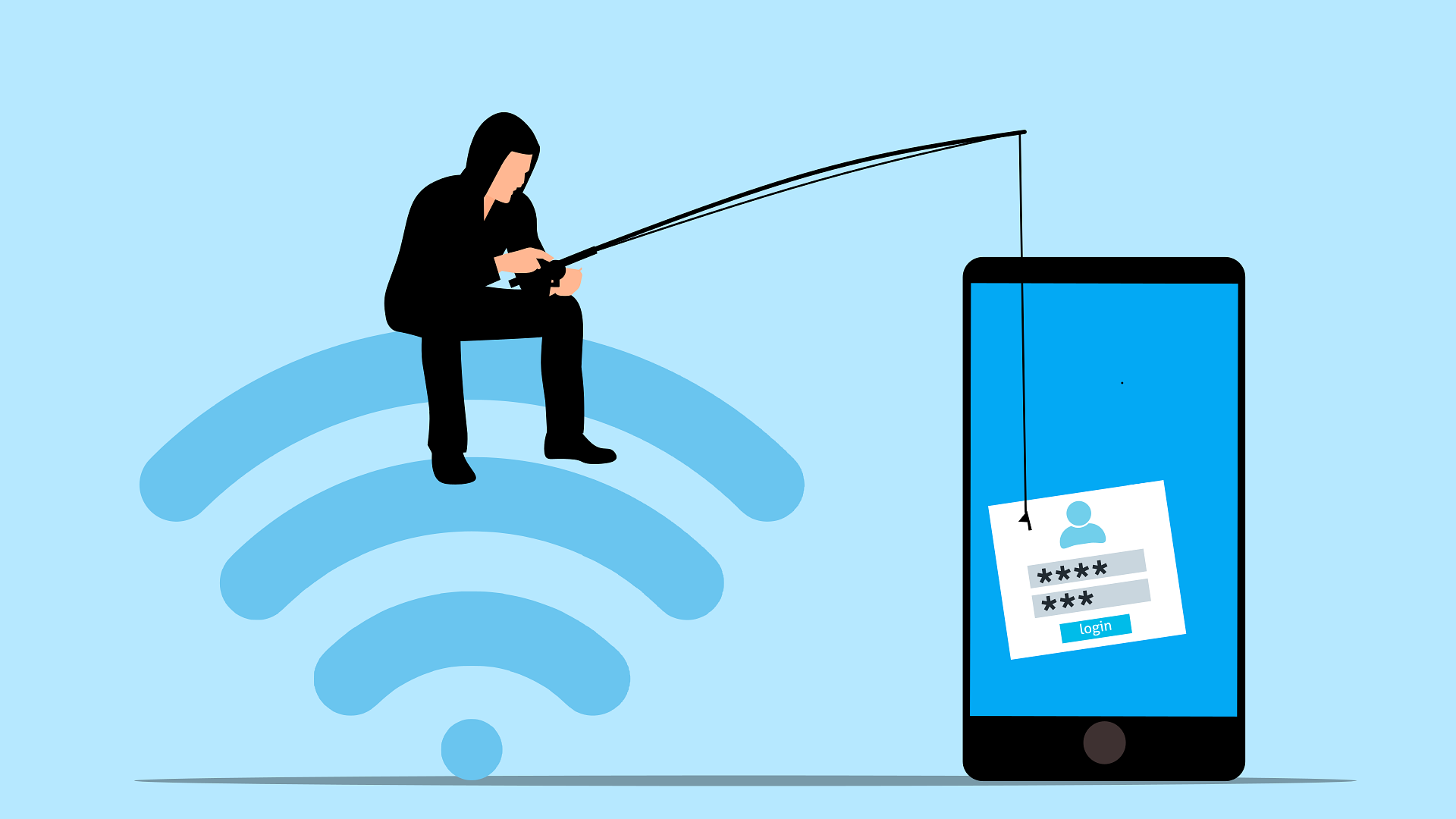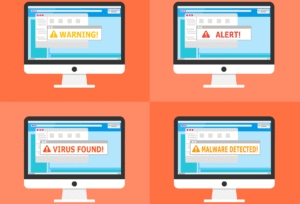Have you ever gotten one of those emails claiming you won a prize, need to verify your account right now, or that there’s a “limited-time deal” you just can’t miss? Yep, that’s probably phishing.
Phishing emails are fake messages designed to trick you into giving up personal or sensitive information. They might push you to click a shady link, open a nasty attachment, or reply to a message that seems legit.
The good news? You can outsmart them. Like anything in cybersecurity, spotting phishing emails gets easier the more you know — and practice helps. In this guide, we’ll break down exactly what to look for, why phishing works, and how to stay ahead of these ever-evolving threats, especially now that attackers are leveraging Artificial Intelligence (AI) to craft more convincing bait.
Let’s dive in.
Understanding Phishing (What It Is and Why It Works)
Phishing is a type of social engineering attack that uses deception — not just tech — to fool people into giving up valuable info like passwords, credit cards, or even access to internal systems.
The attacker pretends to be someone trustworthy (like your bank, your boss, a family member, or a favorite store) and hopes you’ll act quickly without thinking. These attacks typically arrive via email with generic greetings or through text messages (smishing), social media, and phone calls. It works not because you’re “bad with tech”—it works because it targets human instinct.
What’s the Goal?
The purpose extends beyond just stealing information. Attackers may aim to:
- Install malware on devices
- Gain access to restricted systems
- Steal money or financial data
- Collect data for identity theft or future attacks
Successful phishing works because it exploits human psychology rather than technical vulnerabilities. The emails often create a sense of urgency or build trust to bypass your natural caution. That’s why knowing what to look for matters!
Common Types of Phishing Attacks
Phishing isn’t one-size-fits-all. There’s various types and each serve a different purpose depending on the attacker’s intentions. Here are the most common variations:
- Email Phishing: The most common type where attackers send emails with urgent or emotionally appealing language: “We’ve noticed suspicious activity on your account.” Cue panic!
- Spear Phishing: These targeted attacks research specific individuals first. Messages contain personalized information to seem more legitimate and convincing.
- Clone Phishing: When attackers copy a real email, but links or attachments are swapped for malicious ones.
- Whaling: This targets high-profile individuals like executives who have access to valuable systems or authority to approve financial transactions.
- Smishing: Phishing via SMS text messages.
- Vishing: Voice phishing. Scammers call pretending to be from IT, support, banks, or other credible sources.
No matter the method, the psychology behind them is the same; make you act fast before you think it through.
How to Spot a Phishing Email Like a Pro

This is where things get fun (yes, I said fun—I love this stuff). My goal is to educate and spread awareness so people know what to look for instead of giving away personal information or clicking on dangerous links. Learning to spot these fake messages can protect you from identity theft and other cyber threats.
1. Always Check the Sender’s Email Address
It might say it’s from Amazon, your bank, or IT support — but click or hover over the sender name to see the actual email address. If it looks like support@amazon-secure-login.com or helpdesk@amozon.net, that’s your cue to bounce.
💡 Quick tip: If an email claims to be from your bank, credit card company, or a familiar service but uses a free email domain like @gmail.com, it's probably fake.
2. Generic Greetings = Red Flag
“Dear Customer.” “Hello Friend.” “Dear Valued User.”
Nope.
Legit businesses usually greet you by name and include specific details — account numbers, order IDs, or personal context. If the message feels like a template, treat it like one: mass-produced and untrustworthy.
Bonus warning: missing or vague email signatures. Real companies usually include proper contact info, branding, and a real person’s name.
3. Watch for Bad Grammar, Typos, and Awkward Phrasing
Now that AI is in the mix, phishing emails are getting better at grammar—but not perfect. Watch for:
- Weird sentence structure
- Random capitalization
- Spelling errors that a real company wouldn’t let slide
These slip-ups are still common and are often your first clue that something’s fishy.
4. Urgency or Fear = Manipulation
If an email says something like:
- “Your account will be closed in 24 hours!”
- “Unusual login detected from Nigeria.”
- “Final warning before legal action!”
…slow down. That’s a classic fear tactic.
Legitimate companies don’t threaten you or demand immediate action without clear, calm instructions. The more intense the urgency, the more you should pause.
5. Unrealistic Offers or “Too Good to Be True” Deals
Phishing emails love flashy bait — gift cards, sweepstakes, free tech, miracle products. If it sounds way too good to be true, that’s because it is.
If you didn’t enter a contest, you didn’t win it.
Remember, attackers are humans, and they know people love to shop during special sales events (e.g. Amazon Prime day, Black Friday, Cyber Monday, etc.) or holidays (e.g. Christmas shopping). Be wary during these times as you’re more likely to see a spike in phishing emails.
6. Requests for Personal or Financial Information
No real business is going to ask you to reply with your credit card number or upload your driver’s license.
If an email asks for passwords, SSNs, banking info, or anything sensitive, hit delete and move on. Or if your email provider has the feature, use the ‘Report Phishing’ function to help automate future processes.
7. Inconsistent Branding or Visual Design
Phishing emails often try to mimic real branding but get it just slightly off. Look for:
- Low-res or stretched logos
- Off-brand colors
- Weird spacing and formatting
It’s like a knock-off jersey; close enough to fool some, but once you know what to look for, you’ll spot it immediately.
8. Mismatch Between Sender and Content
If an email from “Netflix Support” is talking about a banking transaction or references a service you don’t use — something’s fishy.
When the sender identity doesn’t match the message topic, assume it’s a scam.
9. Suspicious Links and Attachments
Hover over links before clicking. Do they go where they say they do?
Watch for shortened links, misspelled domains, or shady file types like .exe, .zip, or .scr.
When in doubt, visit the company’s website directly — not through the email.
10. Unexpected Attachments or “Invoice” Files
Think about the context within the email. If you’re not expecting it, then it’s probably fake. Because of this, be extra cautious if an email includes:
- A file you weren’t expecting
- A vague message like “See attached invoice”
- Strange file extensions
These are common ways malware gets installed. Unless you’re 100% sure who it’s from, don’t open it.
Best Practices to Stay Safe from Phishing
Now that we’ve addressed some of the most common red flags, let’s look at how you can protect yourself from phishing attacks, which requires both technical safeguards and personal vigilance. The following strategies can significantly reduce your risk of falling victim to these deceptive emails.
1. Keep Software and Systems Up to Date
Regular software updates are your first line of defense against phishing. Operating systems and browsers frequently release security patches that fix vulnerabilities attackers might exploit.
- Enable automatic updates on all your devices including smartphones, tablets, and computers. This ensures you’re always protected with the latest security features.
- Don’t ignore update notifications from your email client either. These updates often include new phishing detection capabilities that can spot suspicious messages before they reach your inbox.
- Browser extensions should also be kept current or removed if no longer maintained. Outdated extensions can create security gaps that phishers may target.
Remember that many successful phishing attacks exploit known software vulnerabilities that users simply haven’t patched yet.
2. Use Email Filters and Security Software
Modern email services have built-in phishing detection tools that can catch many suspicious messages. Make sure these features are enabled in your email settings.
Consider using additional security software that specializes in detecting phishing attempts. These programs can scan links and attachments before you open them.
Helpful email security features to enable:
- Spam filters
- External sender warnings
- Browser extensions that flag shady sites
- Link scanning tools
- Attachment scanning
- Password managers (which won’t autofill credentials on fake sites)
3. Enable Two-Factor or Multi-Factor Authentication (MFA)
Even if an attacker steals your password, they can’t log in without the second step—usually a code, app approval, or biometric scan.
MFA is a must-have. If you’re new to it, check out my MFA Explained blog post.
4. Educate Yourself and Others
This stuff isn’t just for tech pros — it’s for everyone. The more people know, the fewer people get fooled.
- Practice healthy email habits: hover over links before clicking, verify sender addresses, and think twice before downloading attachments. When in doubt, contact the supposed sender through a different channel to confirm.
- Share what you learn with friends and family, especially those who might be more vulnerable to scams. Many phishers target less tech-savvy users.
- For workplaces, regular phishing awareness training significantly reduces successful attacks. Advocate for phishing training and simulation exercises
Remember that phishing techniques constantly evolve, so staying informed about new tactics is an ongoing process.
Final Thoughts: Stay Calm, Stay Curious, Stay Secure
Phishing emails are annoying and yes, they’re getting trickier thanks to AI. But don’t be discouraged or let their persistence win over having good habits. Having awareness and good habits can help you spot and avoid getting phished. It might also help you spread awareness to others.
Cybersecurity doesn’t have to be scary. In fact, it can be pretty fun once you start noticing the patterns. So next time you get a sketchy email, don’t panic; pause, inspect, and verify with confidence.
And hey—if this helped you out, share it with someone who needs to level up their inbox defenses.




